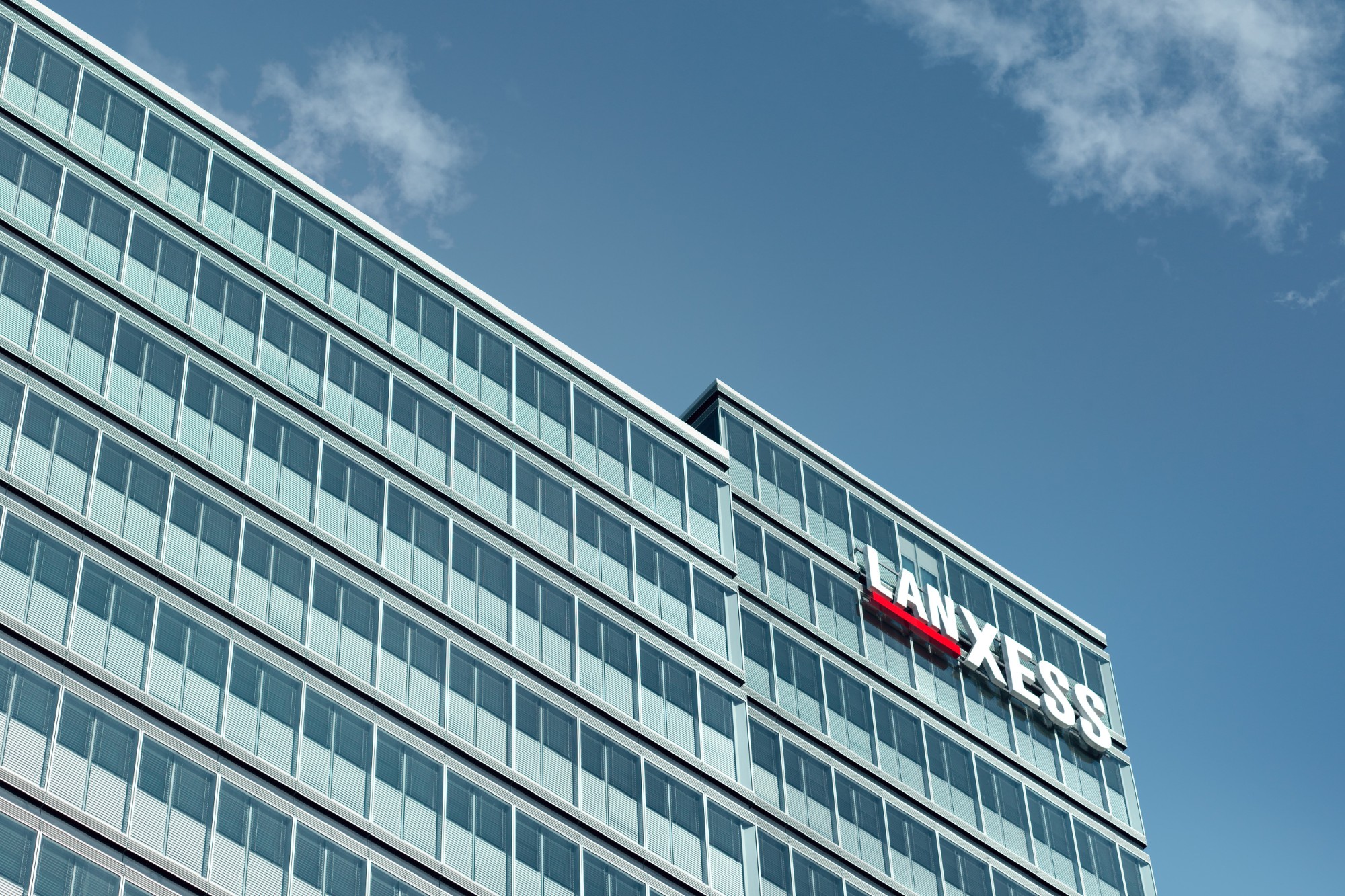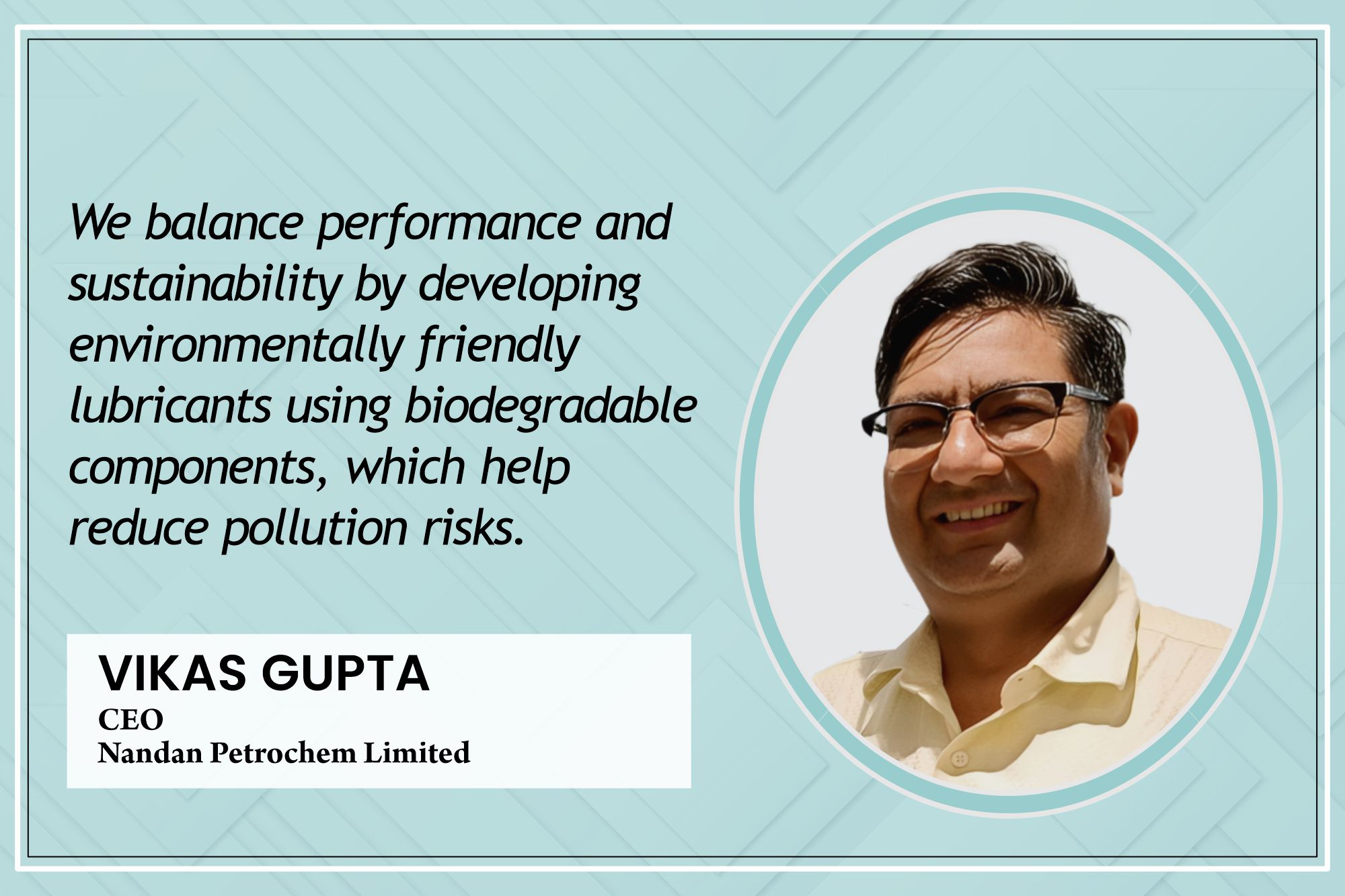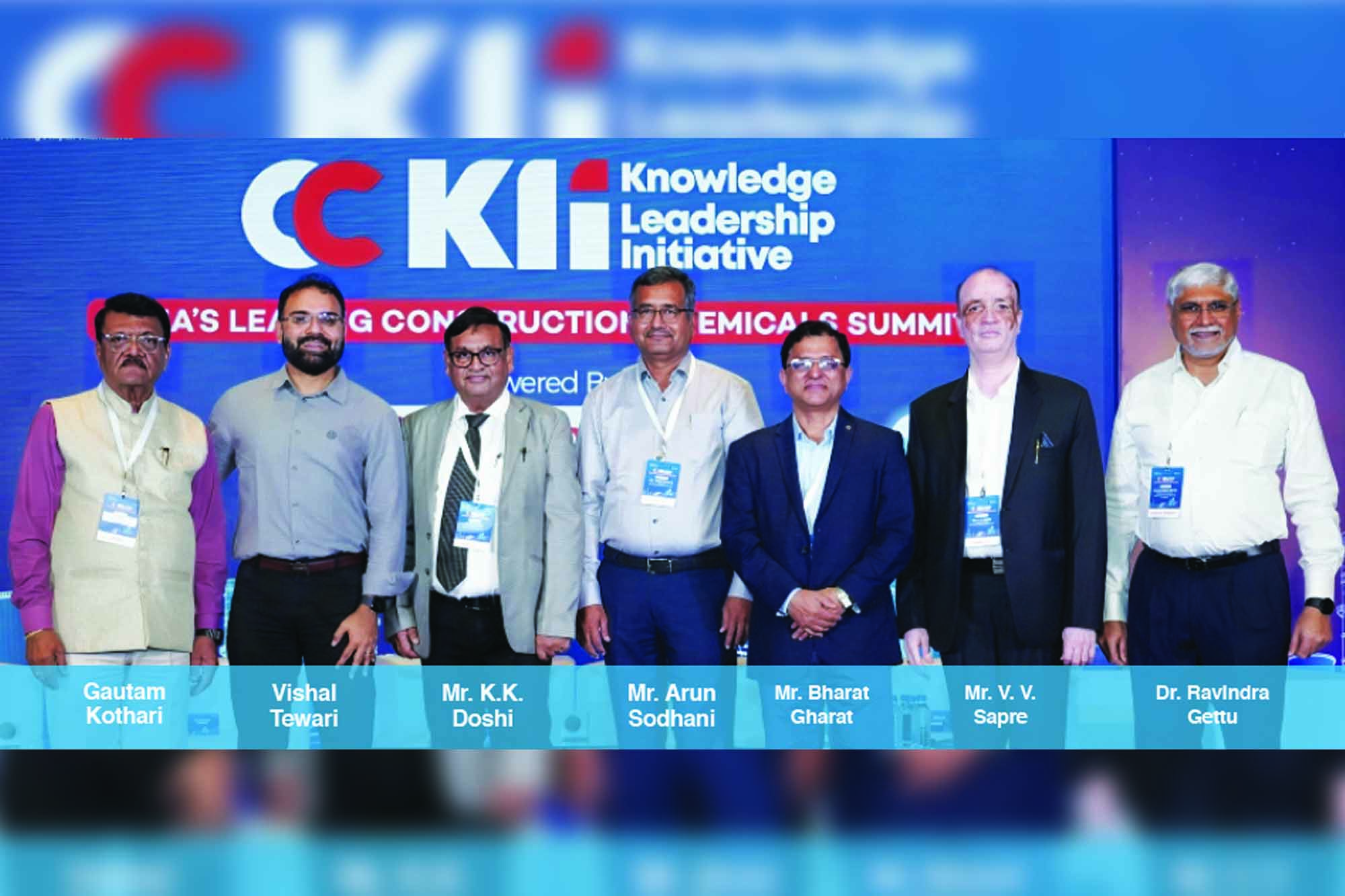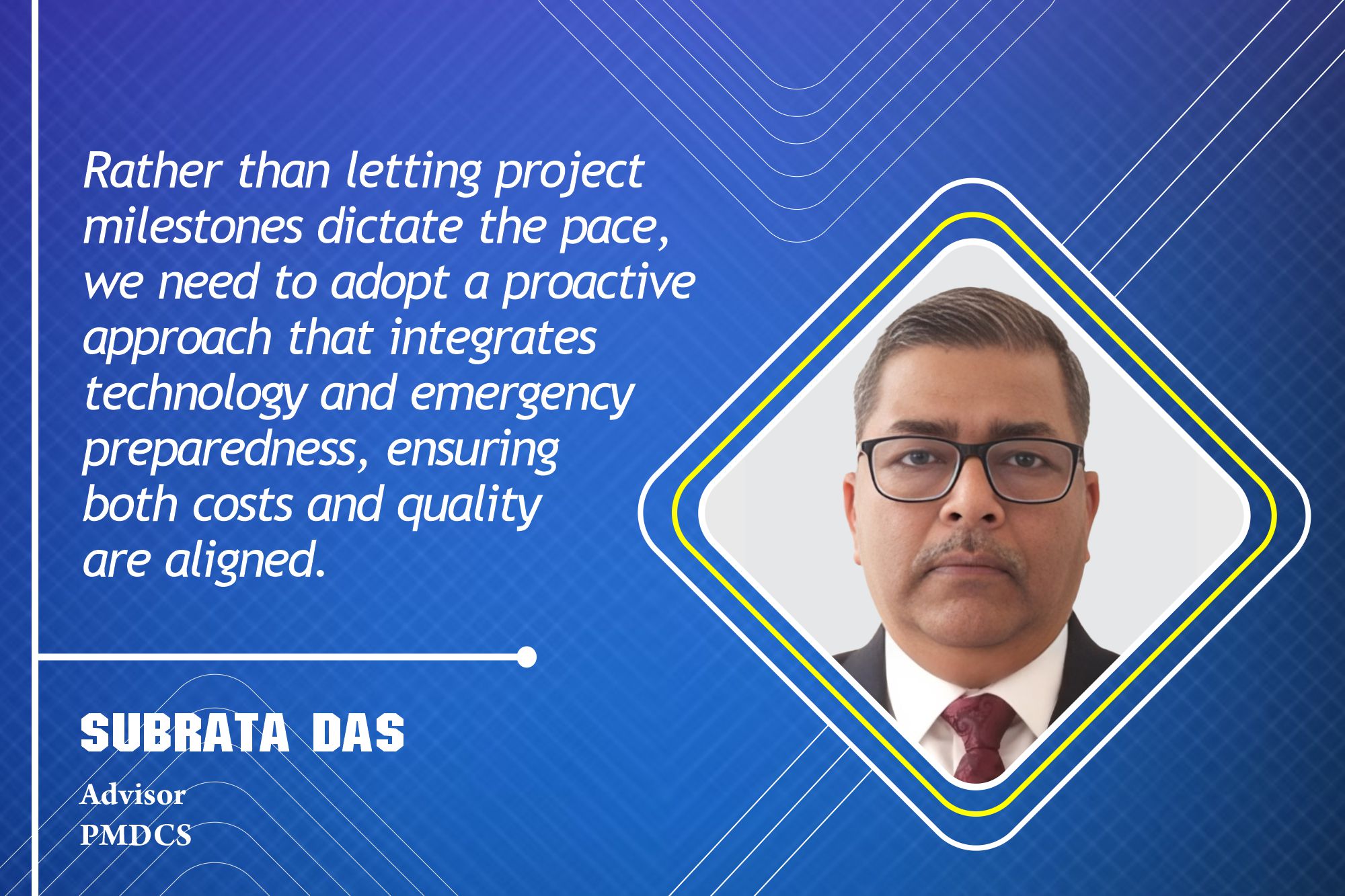Construction chemicals industry: slow but steady on its growth path
By Edit Team | January 29, 2015 12:25 pm SHARE
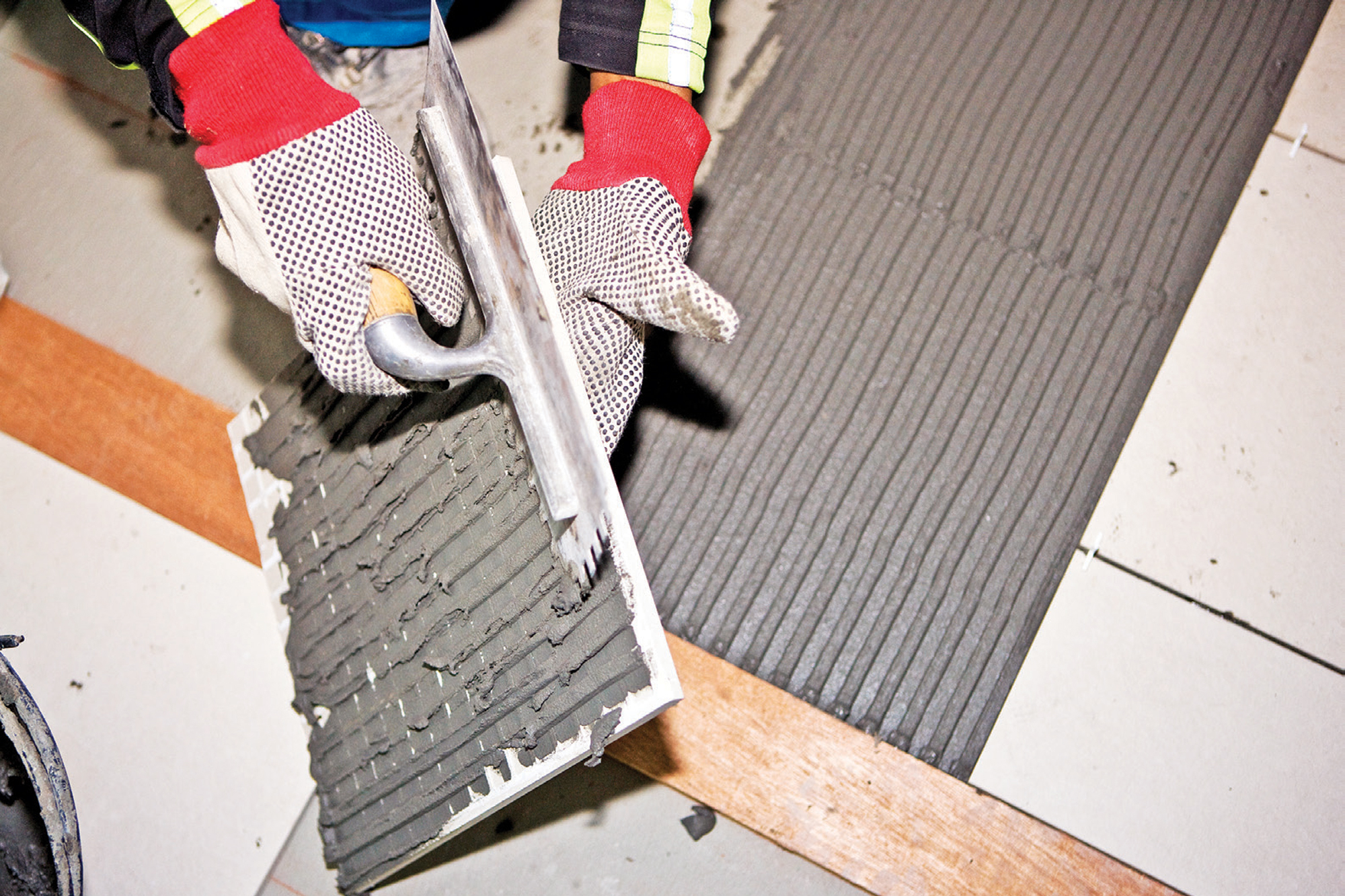
Today’s construction chemicals industry, with some recently observed positive signs, seems to have a good productive future in coming years
The construction chemicals industry generally caters to the chemicals used for construction, repair or maintenance of concrete structures. This article talks about the current scenario, opportunities and current solutions offered in the field.
Current scenario
According to data published by the Construction Chemicals Manufacturer’s Association (CCMA), the market size of construction chemicals is currently pegged at ` 3,300 crores in sales and 900 – 1,000 KTA in volume during 2013. According to another analysis by the planning commission, the construction chemicals industry is slated for a 16 per cent p.a. growth. The current scenario thus looks very promising and is burgeoning at an excellent pace.
Demand-supply gap
“Considering today’s scenario, we do not believe there is a gap in the supply as opposed to the demand, but we do hope with the rising construction industry and awareness of our industry, the demand for these high performance chemicals will grow,” believes Sunny Surlaker, Head – Admixtures Division, MC-Bauchemie India Pvt. Ltd. “We are poised to cater to the demands of the construction industry.”
Opportunities
The opportunities in the sector have to be availed by raising awareness about the material segment. Today the keywords in construction are durability and sustainability.
“Markets are expanding and would continue to expand due to growing construction industry,” says Upen Patel, Business Director, Construction Chemicals South Asia, BASF India Ltd. “We have more and more opportunities for value-creating solutions across product segment and industry sectors.”
“Concrete structures are being designed with a 100-150 year design life (infrastructure and metro projects). This kind of design lifecycles can only be achieved if concrete is protected with the correct protective systems,” says Mr Surlaker. “In our experience, our coating systems themselves have shown a life in excess of 15 years on some structures. If the coating can last that long, the structure it protects can have a virtually inexhaustible design life.”
Once the market is convinced that protecting concrete structures using suitable coating systems is a benefit over the lifecycle of the structure and not an undue cost, the application of protective coating systems will rise much faster than it is now.
“Material quality, technically sound application systems and correct specifications would play a key role in creating more opportunities in this sector,” adds Mr Surlaker.
Products offered
“We have a strong sales team, spread through the length and breadth of the country interacting with developers, architects and consultants and offering unique solutions from our portfolio,” informs Mr Patel.
The global presence and experience which the company has makes it a formidable supplier with whom its customers rely for any of their situations. From making the basements watertight to making the roof leak proof, it offers value which is appreciated by the customers. The admixtures required for pumping the concrete to a height of more than 100 metres could be a unique challenge for developers, but the global connect it has with its counterparts in various regions on projects like Burj Khalifa, Taipei 101 and Shanghai Tower, makes it a partner of choice.
“We offer an array of products and systems which are as per global standards,” says Mr Patel. “Our products reduce greenhouse gas emissions in the construction sector by increasing the energy efficiency of the construction process (supplementary cementitious materials as substitutes for cement clinker), by reducing the energy demand of buildings (a broad portfolio of insulating materials) and by extending the service life of buildings (e.g. repair mortars).”
Its low VOC dispersions are used as raw materials in adhesives, coatings and sealants as well as those formulated products themselves, reduce indoor emissions. Its Exterior Insulation and Finish Systems (EIFS) not only provide outstanding insulation values, but are also light-weight and therefore eliminate the need to transport heavy brick and stone. The company’s research and development activities aim to continuously optimise the technical and sustainability performance of its products and the processes in which they are used.
Proactive coatings
The application of protective coating is an attempt to increase the effective cover of concrete in terms of both quality and quantity. By virtue of their formulations, anti-carbonation protective coatings provide the protection quotient of meters of concrete cover in a very thin layer. Therefore the principle of equivalent cover is very valuable both in repair strategies and even to safeguard new structures that have a very long design life.
“Several benefits can be obtained by incorporating the surface treatments in a well-designed manner right from conception of project,” assures MR Surlaker.
Although the main function of any surface protectant is moisture ingress control, the coatings can also be designed for resisting chemicals, chlorides, diffusivity of carbon dioxide, sulphur dioxide and oxygen. Root and vegetation growth can be prevented in concretes under damp conditions.
Another benefit these protective coatings provide is equivalent cover to concrete. MC’s Zentrifix-elastic at 2mm thickness provides a cover equivalent to 72 cm of well-compacted M30 concrete. Its EmceColor-flex system at 331 micron thickness provides a cover equivalent to 74 cm of well-compacted M30 concrete. The application of these materials in terms of waterproofing or protective systems thus becomes imperative.
Mr Surlaker explains MC-Bauchemie’s offerings in coating systems to safeguard concrete structures as follows:
Thick coatings (1-2mm): These are breathable waterproof cementitious polymer modified coatings. In this category, MC has to offer Zentrifix Elastic, Dichtament DS-flex and the crystallisation based Dichtament DS2 System.
Application areas include: marine structures, wastewater treatment structures, wet areas in bathrooms and building construction, terraces, interior walls of water tanks, etc.
Elastic-elastomeric, anti-carbonation, breathable, crack bridging, UV resistant coatings (200-300 micron thickness): MC’s product systems include the EmceColor-flex and Betonflair systems.
Application areas include: exposed concrete structures like bridges, power plants, fair face finished building walls, external faces of water tanks, etc.
Breathable hydrophobic impregnation coatings, based on silicone, silane-siloxane: MC’s product systems include Nisiwa SH, Emcephob SX, Emcephob AC and the Betonflair CT system.
Application areas include: masonry facades, natural stone facades, decorative plasters, low abrasion resistant floors, etc.
Resin based coatings: The company has MC-DUR range of epoxy coatings for a variety of purposes.
Applications areas include high chemical resistant concrete applications, low pH concrete applications, etc. where there is no water movement/osmosis.
Markets are expanding and would continue to expand due to growing construction industry.
Upen Patel,
Business Director, Construction Chemicals South Asia, BASF India Ltd.
Cookie Consent
We use cookies to personalize your experience. By continuing to visit this website you agree to our Terms & Conditions, Privacy Policy and Cookie Policy.




